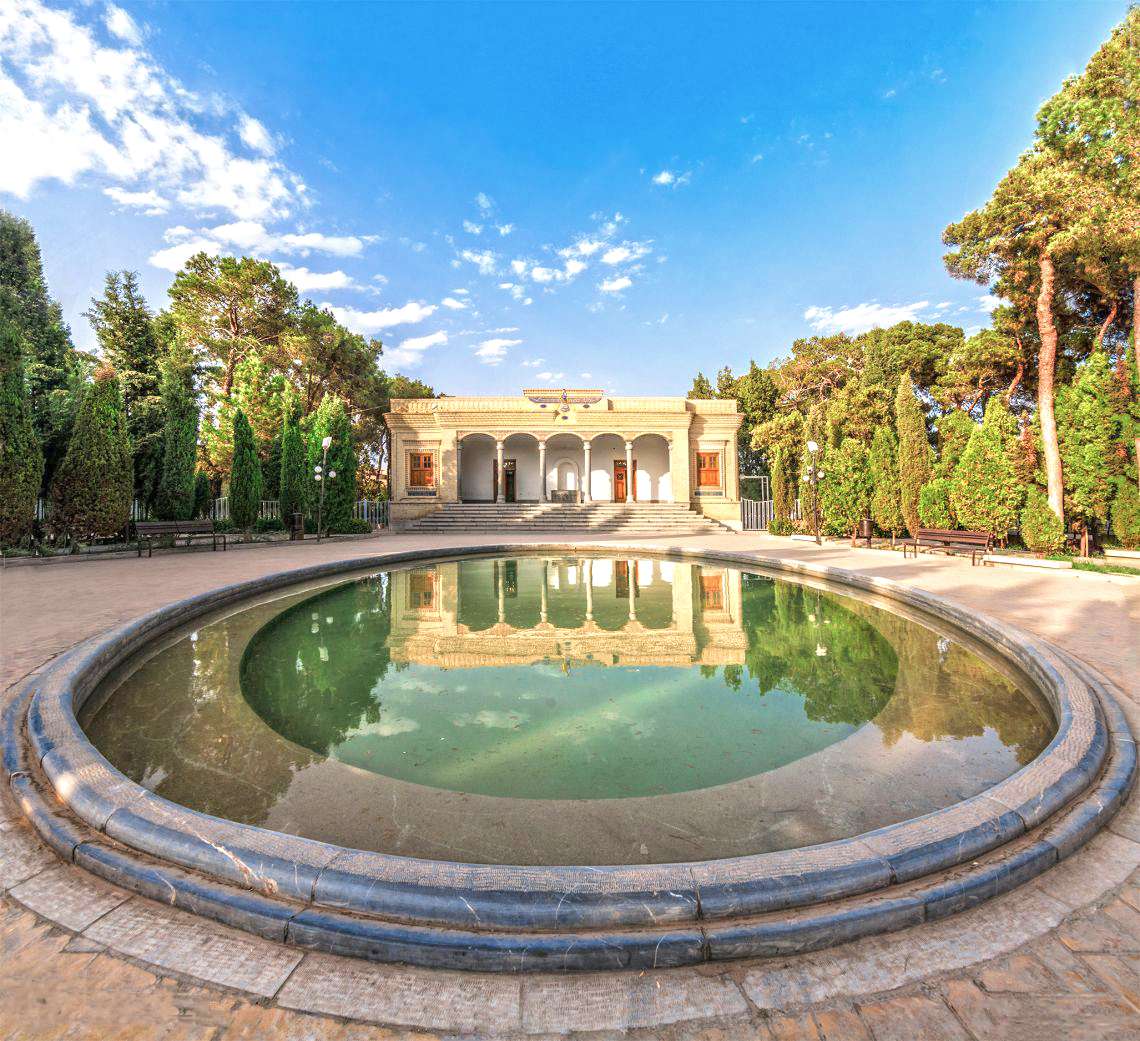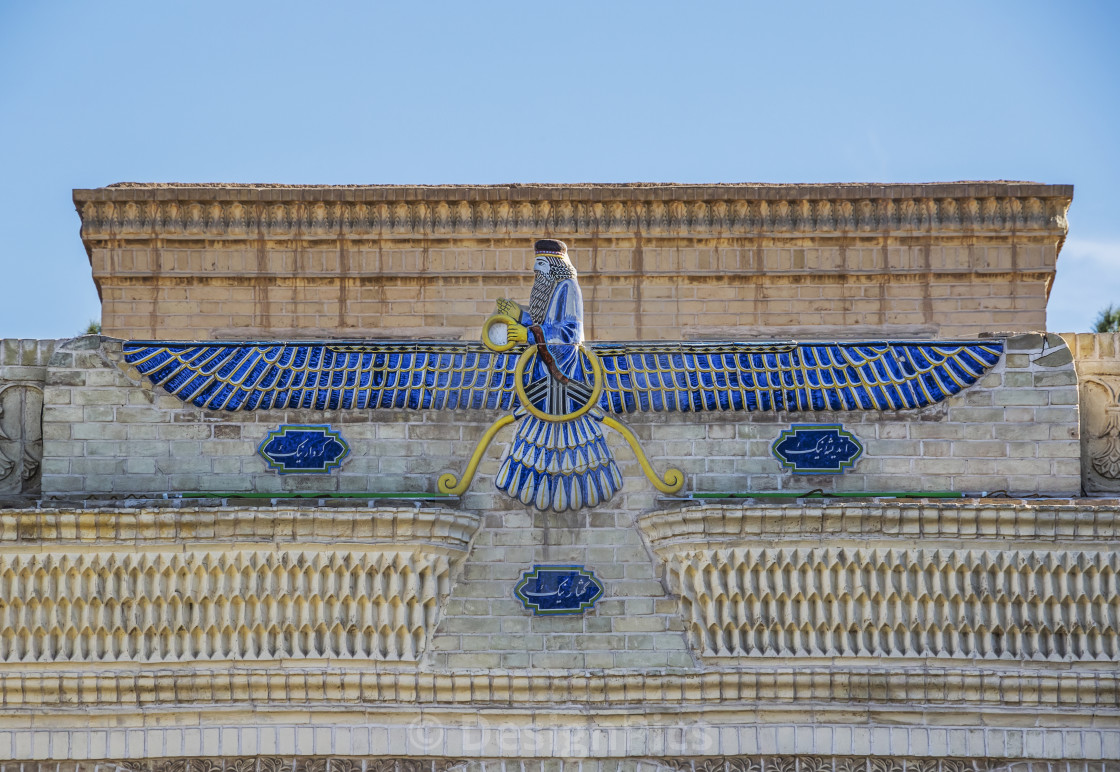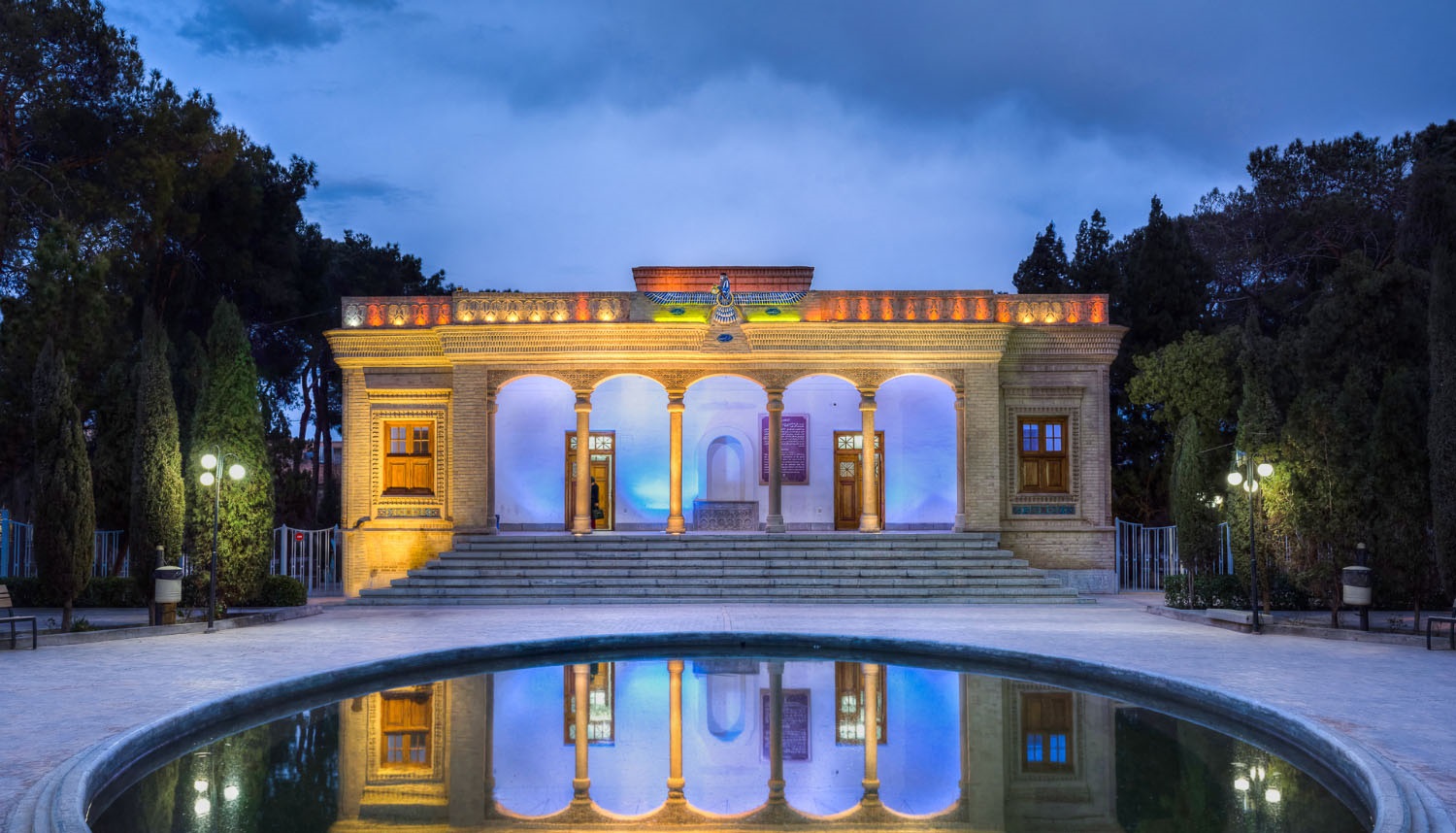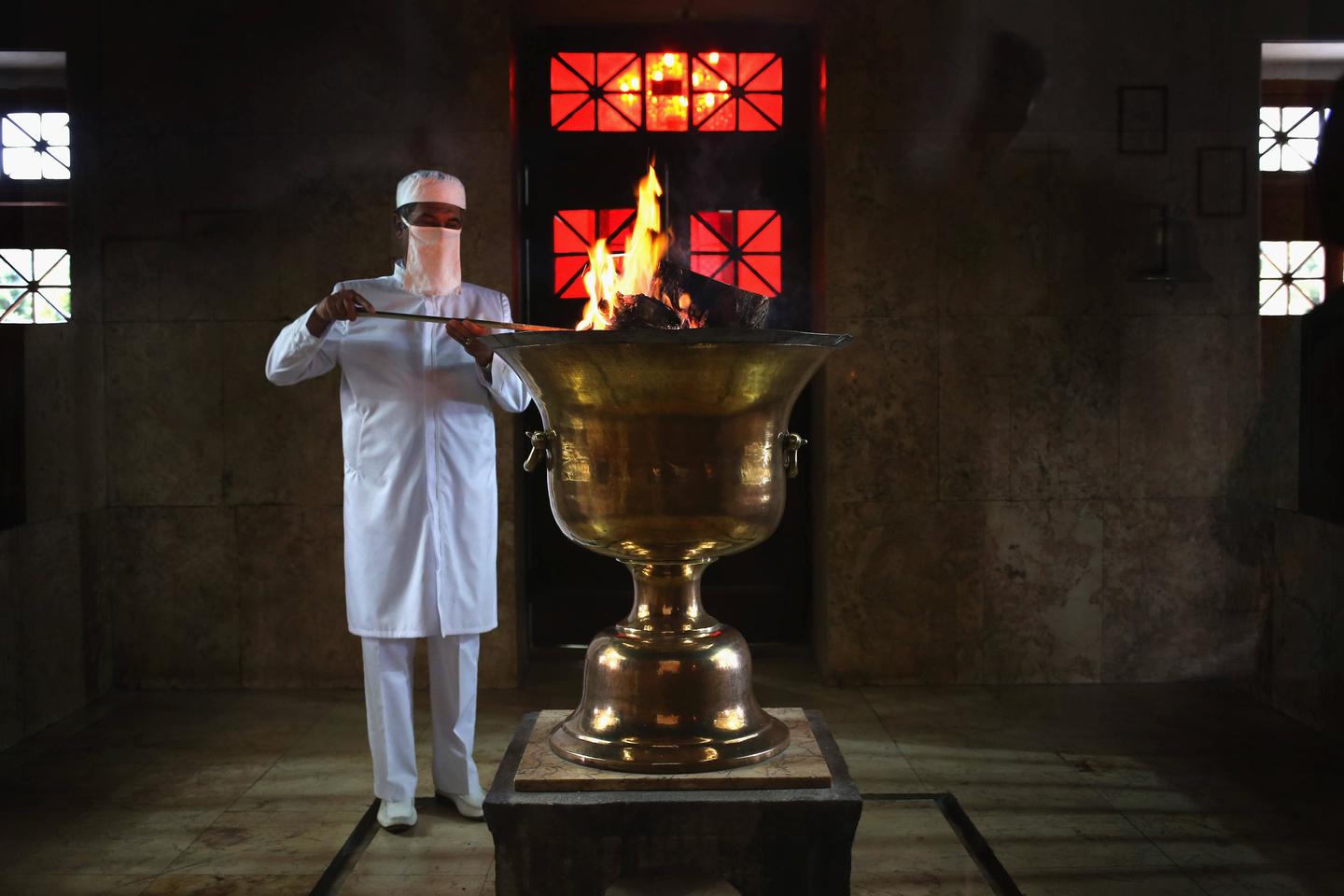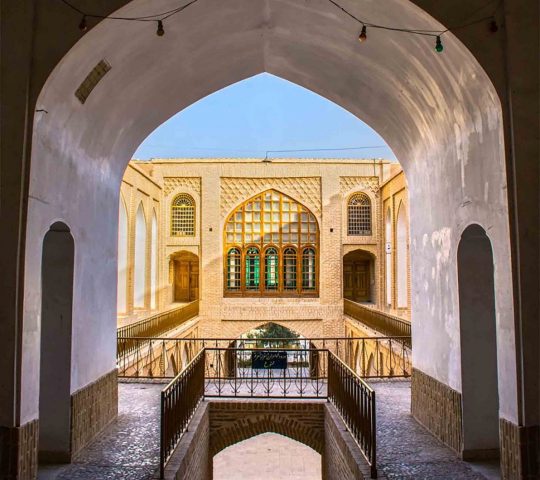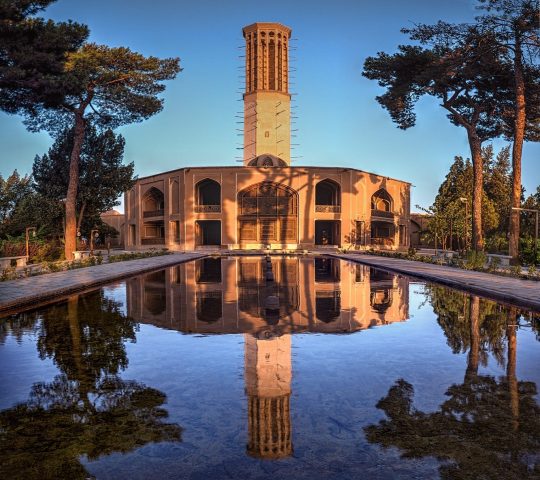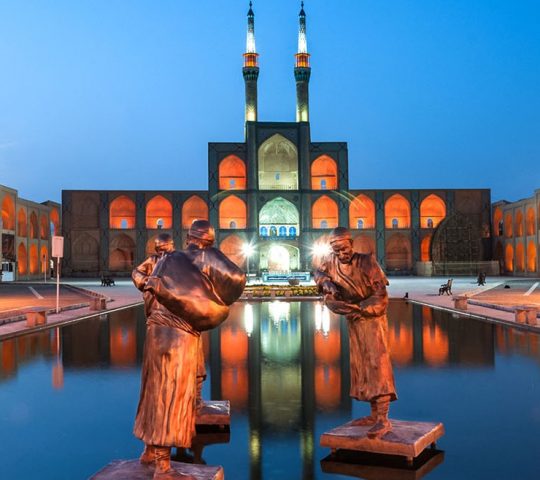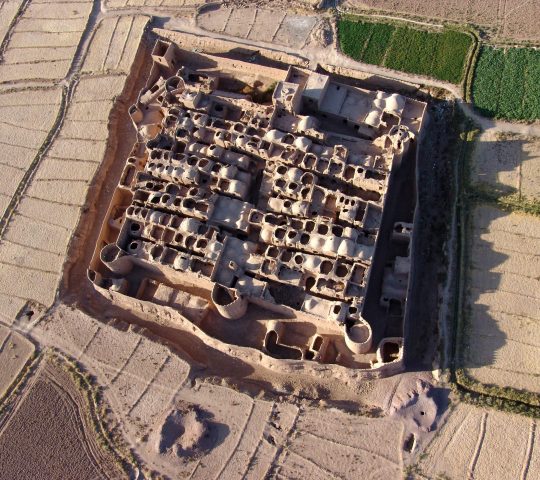Yazd Fire Temple
Hightlight
-
 Air conditioner
Air conditioner -
 Car parking
Car parking -
 Non smoking
Non smoking
Yazd Fire Temple, also known as Atashkadeh-e Yazd, is a temple located in Yazd. It was built in 1934 and enshrines the Atash Bahram, which means “Victorious Fire”, it is dated from the year 470. It is one of the nine Atash Behrams, one of the highest grades in Iran, where Zoroastrians have practiced their religion since 400 BC; the other eight Atash Behrams are located in India. According to the Anjoman-e Nasiri – elected officials of Zoroastrianism – opened the Yazd Atash Behram in the 1960s to non-Zoroastrian visitors.
The temple is located in Yazd, west of Shiraz, in the desert province of Yazd, where Zoroastrians have practiced their religion since around 400 BC. It is located on Ayatullah Kashani avenue and is 6 kilometers from the Yazd airport.
History
The highest level fire temples were first built in the Sassanid Empire out of reverence for fire, which is the manifestation of Ahura Mazda in the Zoroastrian religion. According to the Zoroastrian religion, this type of fire is enshrined by sixteen different sources, including fire created by lightning.
The construction of the Yazd Atash Behram temple is dated 1934, according to a plaque affixed to the sanctuary. Funding for its construction was provided by the Parsi Zoroastrian Association of India and was conducted under the direction of Jamshid Amanat. The sacred fire of the temple is said to have been burning since about 470; it originally started in the Sassanid Empire when it was at the Pars Karyan fire temple in the southern Pars district of Larestan. From there it was transferred to Aqda where it was kept for 700 years. Then the fire was moved in 1173 to the temple of Nahid-e Pars, in the vicinity of Ardakan, where it remained for 300 years until it was transferred again to the home of a high priest in Yazd, and was finally consecrated in the new temple in 1934.
The architecture of the Yazd Fire Temple
The fire temple is built in the style of Achaemenid architecture of brick masonry according to a design prepared by Bombay architects. It is similar in design to the temples of Atash Behram in India. The building is surrounded by a garden with fruit trees. A winged deity, Ahura Mazda, is embedded in the front door of the temple.
The sacred fire is set in the temple behind an amber-colored glass wall. Only Zoroastrians may enter the sanctuary area. Non-Zoroastrians can see it only from the side of the glass chamber.

